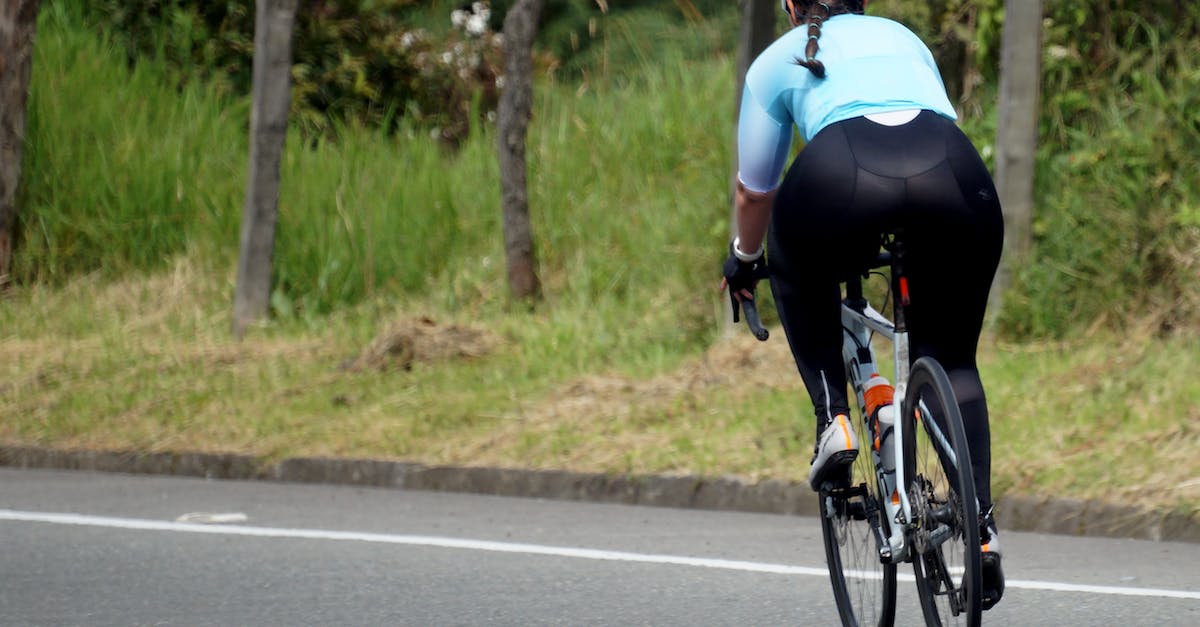slip-stree-m
noun
Slipstream is the reduction in air resistance experienced when cycling behind another cyclist or vehicle.
Example usage: We tried to take advantage of the slipstream created by the truck in front of us.
Most used in: Cycling events and races.
Most used by: Professional cyclists and competitive amateurs.
Popularity: 8
Comedy Value: 2
Also see: Drafting, Paceline, Wheel Sucking, Drafting Zone,
What is Slipstreaming in Cycling?
Slipstreaming is a cycling technique used by many cyclists, both professional and recreational, to save energy and increase speed. It involves drafting behind another cyclist or vehicle in order to reduce the amount of air resistance. This air resistance, otherwise known as drag, is what makes it harder to move forward when cycling and is the reason why it can be so exhausting. By taking advantage of slipstreaming, cyclists can use the energy of the wind to their advantage.
The slipstream effect also works for cyclists riding in a pack. When riding in a pack, cyclists are able to take advantage of the air displacement created by the cyclist in front of them. This allows riders to conserve energy, as they are not forced to work as hard against the wind resistance. This is why it is common to see packs of cyclists riding together in a race.
Studies have shown that the slipstream effect can reduce drag by up to 40%. This can result in a significant increase in speed and a decrease in energy expenditure. For example, a study conducted by the University of Colorado found that a cyclist riding in a group of four could maintain a speed of 18 mph with an effort level of only 160 watts, while a cyclist riding alone would need to exert an effort level of 200 watts to maintain the same speed.
Slipstreaming is a useful technique for cyclists of all levels. It can help recreational cyclists save energy and increase their speed, while professional cyclists can use the technique to gain a competitive edge in races. By taking advantage of the slipstream effect, cyclists can make the most of their efforts and maximize their performance.
From Slipstream to Bicycle Drafting: The Origin of a Cycling Term
The term “slipstream” has been used in the cycling world for decades, but its origin is actually rooted in aviation. In the early 1900s, pilots began to notice that the air pressure created by their aircraft created a “slipstream” that could be used to pull other planes along. The term was first used to describe this phenomenon in 1921, when British aviator Charles Rumney Samson wrote about the benefits of riding in a slipstream.
The idea of using a slipstream to increase speed in cycling was first proposed in the 1930s. Dutch cyclist Jan Janssen was the first to use the term when he described the aerodynamic benefits of drafting behind another cyclist. He called the effect “slipstreaming”, and the term quickly spread throughout the cycling world.
Today, slipstreaming is an essential part of competitive cycling. Riders can use the slipstream created by the leading cyclist to reduce wind resistance and increase their speed. This technique has been used by cyclists in races around the world, and can give riders a competitive edge.












